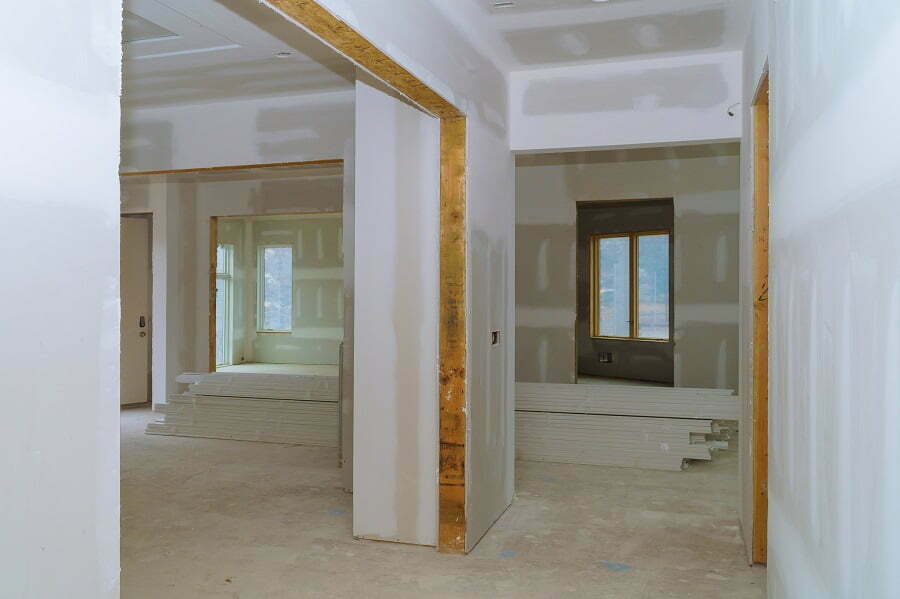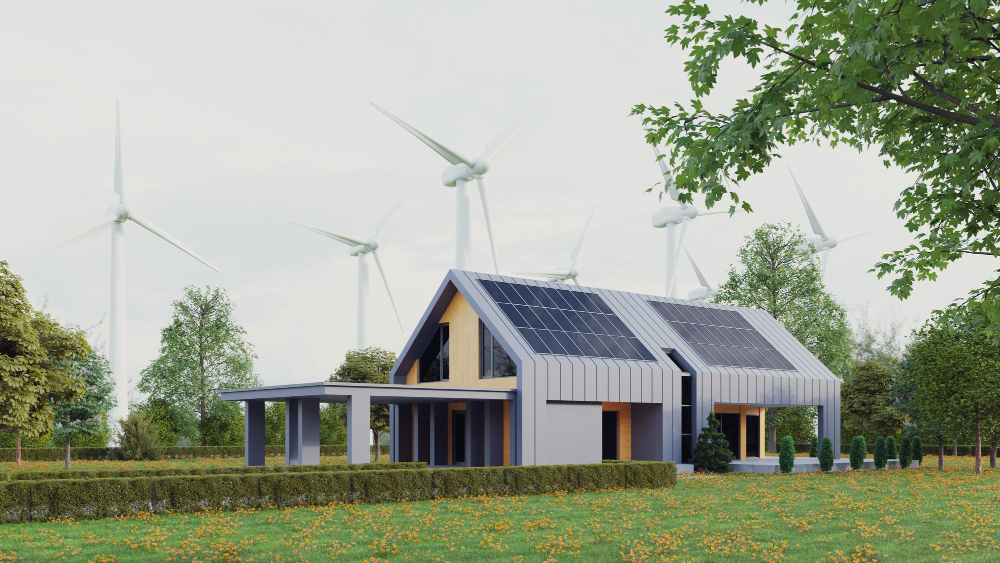Last updated on
Your home’s roof is more than just a protective shield from the elements. The type, color, and material of your roof can have a significant impact on your home’s energy consumption.
This means that the right roofing choice can contribute significantly to the energy efficiency of your home, reducing your energy bills, minimizing your carbon footprint, and optimizing indoor comfort levels. Let’s delve into the fascinating interplay between roofing and energy efficiency and explore how you can make more energy-smart roofing decisions for your home.
Solar Panels and Energy Efficiency

Incorporating solar panels into your roofing system can greatly enhance the energy efficiency of your home. By harnessing the sun’s power, solar panels can generate clean and renewable electricity for your household, reducing reliance on traditional energy sources and minimizing your carbon footprint.
In addition to providing a sustainable energy source, solar panels can lower your energy bills and earn you credits through net metering programs. Roofers at Secured Roofing & Solar explain that solar panel installation involves mounting them on the roof, making roofing materials and structural integrity key considerations.
This is a win-win situation for both the environment and your wallet, making solar roofing an increasingly popular choice for homeowners looking to increase their home’s energy efficiency.
Level of Insulation in the Attic
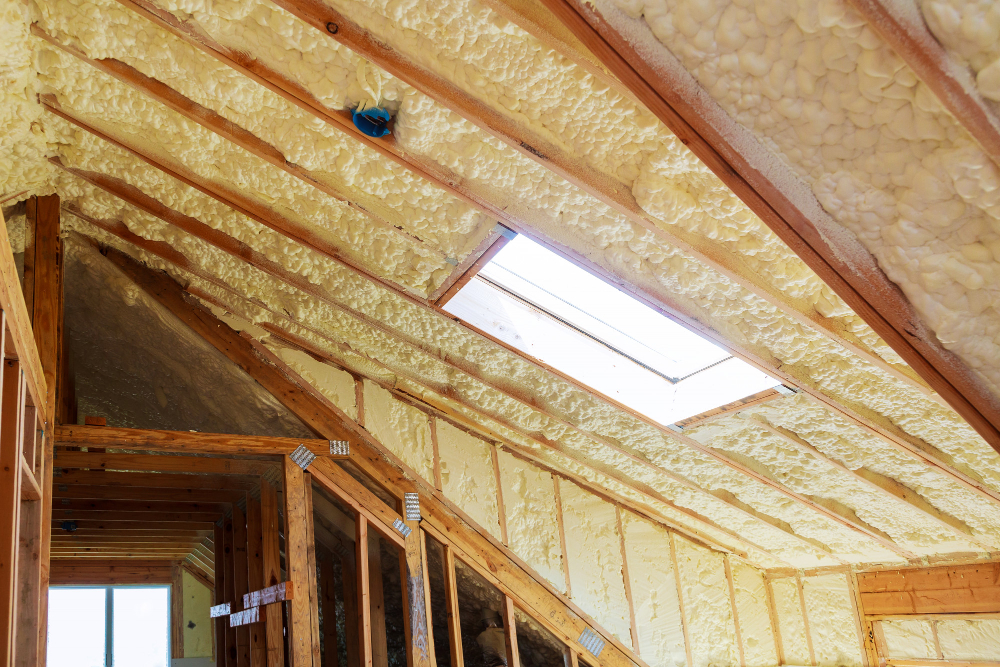
The level of insulation in your attic is a major determinant of the energy efficiency of your home. A well-insulated attic acts as a barrier, preventing the escape of warm or cool air inside your home, thus maintaining a consistent indoor climate. This reduces the strain on your heating, ventilation, and air conditioning (HVAC) system, leading to less energy consumption and lower utility bills.
On the other hand, poor or inadequate attic insulation can result in significant energy loss, as heat escapes during winter and enters during summer, causing your HVAC system to work overtime. Therefore, ensuring optimal attic insulation is a vital step towards achieving a more energy-efficient home.
Color of Your Roof
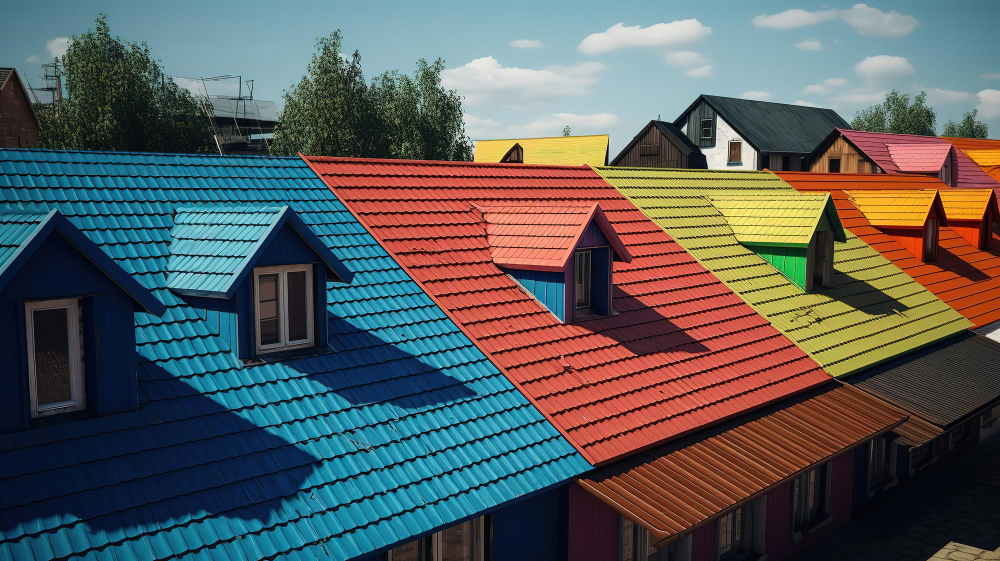
The color of your roof can have a surprising impact on the energy efficiency of your home. Dark-colored roofs are known to absorb more heat from the sun, which can lead to higher indoor temperatures and greater strain on your HVAC system during hot summer months. In contrast, light-colored roofs reflect more sunlight, keeping your home cooler and reducing the need for excessive air conditioning.
This can result in significant energy savings and a more comfortable living environment. Additionally, certain roofing materials, such as metal or cool roofs, are specifically designed to reflect more sunlight and absorb less heat, making them even more energy-efficient options for your home.
Material and Design of Your Roof
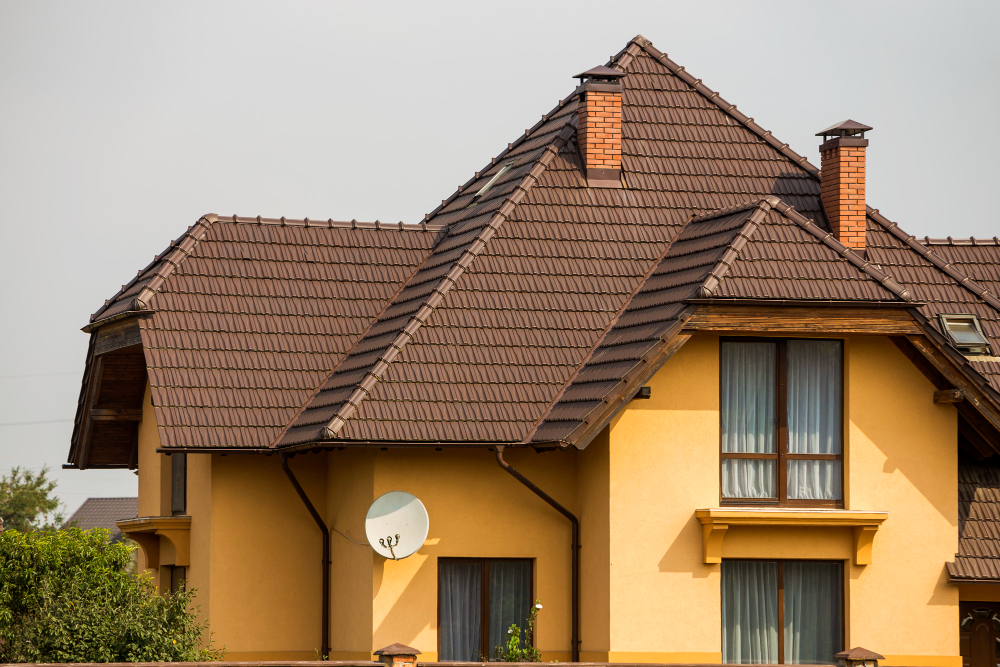
The material and design of your roof also play a crucial role in its energy efficiency. For example, asphalt shingles are commonly used for roofing but can absorb and retain heat, making them less energy-efficient than other options, such as metal, clay tiles, or slate.
In addition to the type of material used, the design of your roof can also impact its energy efficiency. A sloped or pitched roof allows for better airflow and ventilation, reducing the need for artificial cooling during hot weather. Flat roofs, however, may trap heat and require additional insulation to maintain a comfortable indoor temperature.
Roof Age and Maintenance
The age and maintenance of your roof can also affect its energy efficiency. As roofs age, they may develop cracks, gaps, and other forms of damage that compromise their ability to insulate effectively. Regular maintenance and repairs can prolong the lifespan of your roof and maintain its energy-efficient properties.
In addition, proper roof ventilation is crucial for maintaining optimal indoor temperature and reducing the strain on your HVAC system. Clogged or damaged vents can obstruct airflow, increasing energy consumption and utility bills. Therefore, it is essential to regularly inspect and maintain your roof to ensure its energy efficiency.
Design and Layout of Your Home
The design and layout of your home can also impact the energy efficiency of your roof. For example, a home with ample natural lighting may require less artificial lighting during the day, reducing energy consumption. Similarly, homes with strategically placed windows and doors for cross ventilation can reduce the need for constant use of air conditioning.
Moreover, the orientation of your home to the sun can also affect the heat absorbed by your roof and overall energy consumption. By considering these factors when designing or renovating your home, you can optimize its overall energy efficiency.
Regarding energy efficiency, your roof is a crucial component of your home. By making informed decisions about roofing materials, insulation levels, and maintenance, you can greatly enhance your home’s energy efficiency and reduce environmental impact.
So, next time you’re considering a roof replacement or renovation, remember the impact it can have on your home’s energy consumption. With the right roofing choices, you can not only save money but also contribute to a more sustainable future for our planet.
Related reading:
Table of Contents

